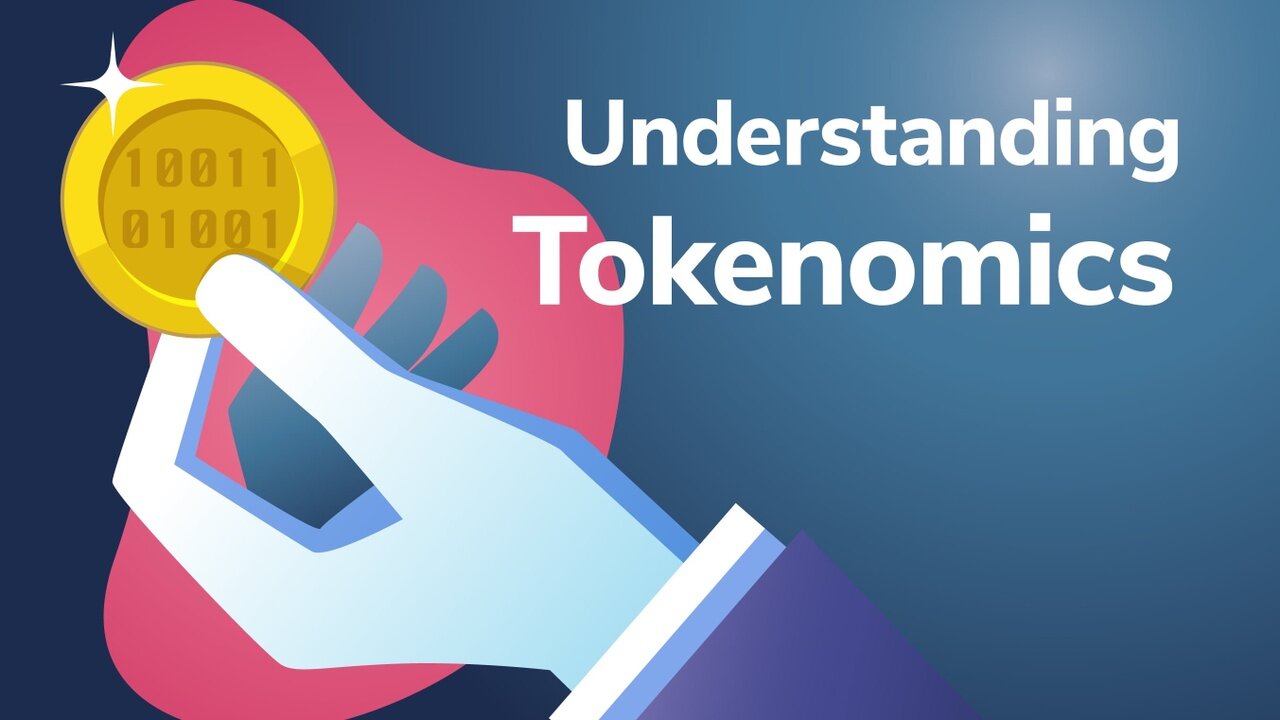Understanding Tokenomics: The Economy of Blockchain

Tokenomics is a fundamental concept in the realm of blockchain technology that describes the monetary system and economic characteristics of a particular blockchain or token. It involves the design and implementation of rules governing the issuance, distribution, use, and value of a token within its respective blockchain ecosystem. Tokenomics plays a crucial role in shaping the behavior, incentives, and overall sustainability of a blockchain network and its token economy.

Key Elements of Tokenomics

Tokenomics encompasses several key elements:
- Token Issuance: Defines the parameters for creating and distributing new tokens, including the initial distribution, token allocation, and issuance schedule.
- Token Distribution: Specifies how tokens are distributed among various stakeholders, such as investors, developers, and users. It includes mechanisms for token sale, airdrops, and mining.
- Token Utility: Outlines the functions and purposes of the token within the blockchain ecosystem. Utility tokens provide access to specific services, features, or privileges within the network.
- Token Value: Establishes factors that determine the token’s value and price, such as intrinsic value, demand and supply, and market sentiment. It considers utility, stability, and future use cases.
- Token Economics: Defines rules governing the issuance, distribution, and value of a token. It includes mechanisms for supply control, inflation, and token burning.
Importance of Tokenomics
Tokenomics is essential for several reasons:
- Incentivization: It provides incentives for stakeholders to participate in the network, contribute to its growth, and hold the token.
- Value Creation: A well-designed tokenomics model can create value for holders and stakeholders by providing utility, scarcity, and potential appreciation.
- Sustainability: Proper tokenomics ensure the long-term sustainability of the blockchain network by balancing supply and demand, preventing inflation, and maintaining stability.
- Governance: Tokenomics plays a critical role in governance by providing a mechanism for token holders to participate in decision-making and influence the direction of the network.
Examples of Tokenomics
Some examples of tokenomics models include:
- Bitcoin: Bitcoin’s tokenomics features a limited supply of 21 million tokens, controlled issuance via a predetermined mining schedule, and a utility as a medium of exchange and store of value.
- Ethereum: Ethereum’s token (ETH) serves as a transaction fee, provides network access, and powers decentralized applications. Its issuance is controlled through a block reward system and inflation mechanism.
- Binance Coin (BNB): BNB is a utility token within the Binance ecosystem, used for trading fees, discounted services, and blockchain governance. Its tokenomics includes a burn mechanism to reduce supply and maintain value.
Conclusion
Tokenomics is a crucial aspect of blockchain technology that governs the economic characteristics and monetary system of a token and its respective blockchain. It influences stakeholder behavior, value creation, ecosystem sustainability, and governance. Understanding tokenomics is essential for investors, developers, and users to navigate the crypto landscape and make informed decisions when interacting with blockchain networks and their tokens.
